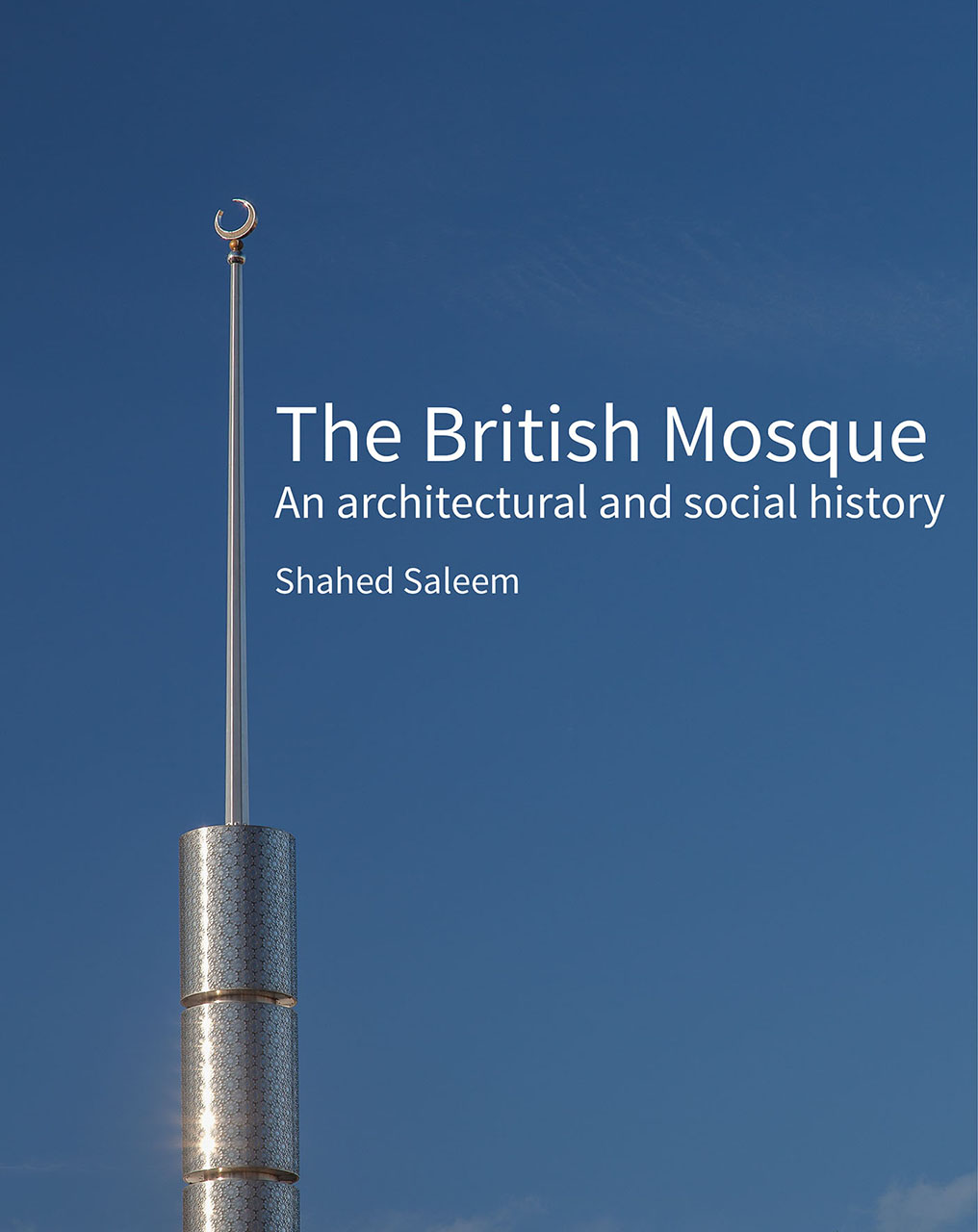
The British Mosque: An architectural and social history. By Shahed Saleem. Historic England. 294pp. HB. £60. 2015
Shahed Saleem’s The British Mosque is a welcome addition to the history of British Muslims. Uniquely the glossy book tells the story of mosques through its buildings.
“It is primarily an architectural history, exploring buildings, aesthetics and urban development,” says Saleem. The book also considers the “social and cultural context of the mosque, investigating the process by which it has come into being in Britain.”
The earliest mosque, called the Shah Jehan Mosque, was built on Maybury Heat, half a mile from Woking and that is why the mosque was known as Maybury Mosque.
Begum Shah Jehan [she was a queen] of Bhopal donated the bulk of the funds for the building of the Surrey mosque, which was consequently named in her honour. The Begum was a pious Sufi Muslim.
The second mosque was established in Liverpool a few months later on Christmas day in 1889 by Abdullah William Quilliam.
The book details the development of mosques from the conversion of houses, to purpose-built mosques, from traditional architect to modern ones without domes and minarets. The book, therefore, gives the first ever overview and explanation of Islamic architecture in the UK.
The book has over 350 new interior and exterior photographs of mosques, archive material and drawings. There are about 1,500 mosques, 16 per cent of which are purpose built. The author, Saleem, is an architect, researcher and lecturer at the University of Westminster.
There are some observations that need to be addressed in the book. The author says the Prophet’s first mosque “had no mihrab, as we recognise today, but rather a block of stone on the floor indicating the direction of the Ka’ba. (p4)”. However, it is important to indicate that the first direction of prayer would have faced Jerusalem and later changed to Makkah.
The author says in the Glossary that the Shi’a Ithna’ashari Muslims “originate in the Indian subcontinent…” (p275). Shi’a Muslims originate from Makkah and Madinah, that is, from the Hijaz and many migrated to various parts of the world including the Indian subcontinent. Many converted to Shi’a Islam in the subcontinent. Majority of the Shi’a Muslims are from the Middle East, the largest number being in Iran and Iraq. Even those who migrated to the UK, the majority are from the Middle East and not East Africa or the subcontinent.
I highly recommend the book, being the most informative on the history of the mosques and Islamic Architecture in the UK I have come across. Shahed Saleem should be congratulated on his endeavour.
Abdul Adil